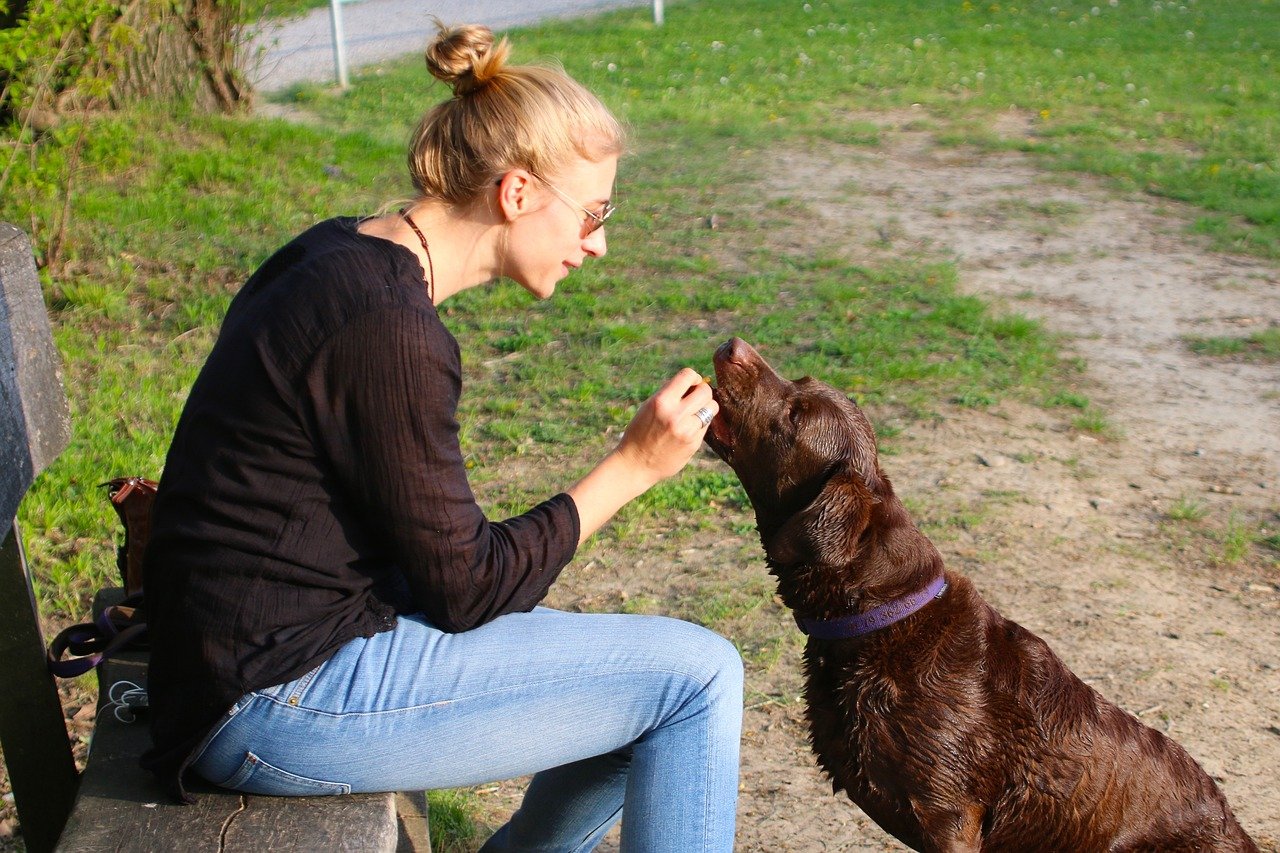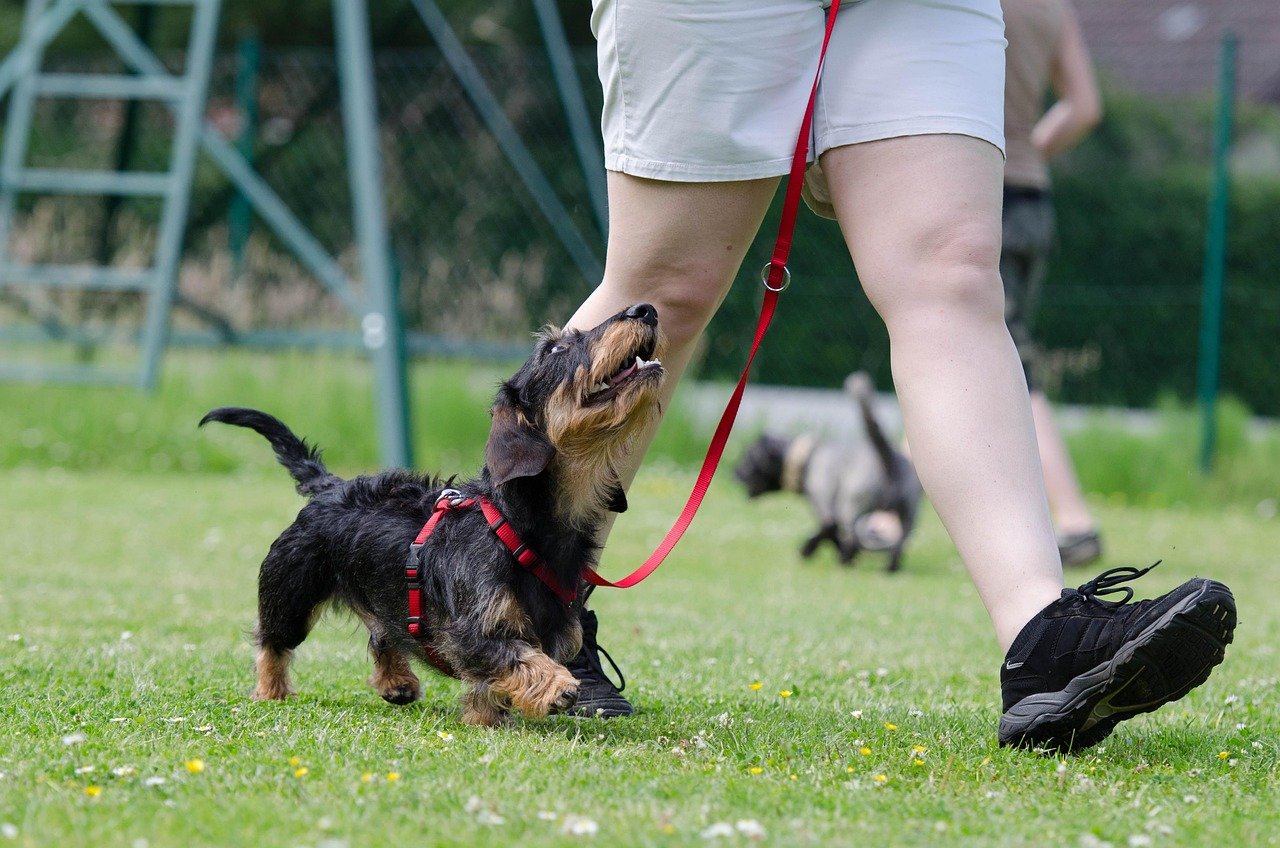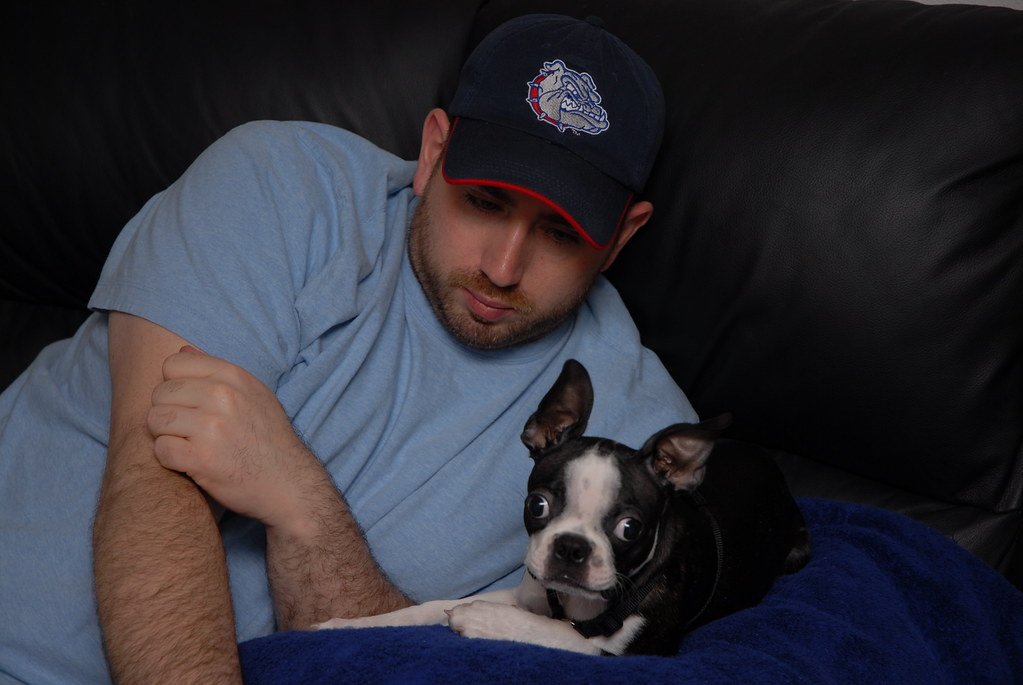Ever found yourself sighing at your dog’s stubborn shoe-chewing, or feeling embarrassed by their wild greeting jumps? You’re not alone. Every dog lover has been there—frustrated, maybe even a little defeated, but always wanting what’s best for their furry friend. The real challenge is breaking those pesky habits without losing the trust and connection that makes your relationship special. The good news? With patience, empathy, and a sprinkle of know-how, you can guide your dog to better behavior and grow even closer in the process. Ready to turn your dog’s mischief into magic moments? Let’s dive in.
Understand the “Why” Behind the Behavior
Before you can change a habit, you’ve got to know what’s driving it. Dogs aren’t naughty to annoy us—they’re communicating a need or reacting to their environment. Maybe your pup barks at the mailman because he’s protecting you, or chews furniture out of boredom or anxiety.
Watch for patterns: does the bad habit happen when your dog is left alone, or when guests arrive? Try jotting down when and where the behavior pops up. Getting curious instead of frustrated helps you see your dog through a lens of compassion, not blame. It’s the first step to building trust while tackling tough habits.
Stay Consistent with Boundaries and Cues
Dogs thrive on routine and clear expectations. If you let your pup jump on you sometimes but scold him other times, he’ll just be confused. Decide on your rules as a family—no couch, no begging at the table—and stick to them every single time.
Use simple, consistent words for commands, like “off” for jumping or “leave it” for dropped food. Dogs read our body language, too, so use a calm, steady voice and gestures. When everyone in the house is on the same page, your dog can relax and learn what’s expected.
Replace Bad Habits with Positive Alternatives
Just saying “no” isn’t enough—your dog needs to know what “yes” looks like! If your pup loves to chew shoes, offer a sturdy chew toy instead and praise her when she uses it. If she jumps to say hello, teach her to sit for attention and reward her with gentle petting.
Redirecting energy is especially helpful for high-energy breeds or anxious dogs. Every time you catch your dog making a good choice, celebrate! Over time, the positive alternative becomes the new habit, and your pup feels like a superstar.
Reward Good Behavior Generously

Think of training as a way to build up your dog’s confidence, not just correct mistakes. Use treats, toys, or a happy voice to let your dog know when he’s nailed it. Immediate rewards work best, so keep treats handy for quick feedback.
Praise doesn’t always mean food. Some dogs light up for a favorite ball or a belly rub. Get to know what motivates your dog and use it often. When your dog learns that good behavior brings good things, the bad habits start to fade away.
Redirect Attention Before Trouble Starts

A watched pot never boils—and a watched dog is less likely to get into mischief! If you know your dog is tempted to counter-surf or bark at squirrels, redirect her focus before she acts. Call her over for a game, or ask for a sit and reward it.
Prevention is often easier than correction. If you notice your dog’s ears perk up or tail stiffen (classic signs of plotting trouble), step in early. Over time, you’ll get better at reading those subtle cues and your dog will learn to look to you for guidance.
Use Gentle Corrections, Not Punishment
Harsh scolding or physical punishment can break your dog’s trust and make problems worse. Gentle corrections like a firm “uh-uh” or calmly removing your dog from the situation are much more effective. Remember, your goal is to teach, not intimidate.
If your dog makes a mistake, redirect her calmly and show her the right choice. Dogs live in the moment, so long lectures or angry outbursts only confuse them. A gentle approach preserves your bond and keeps training a positive experience for both of you.
Keep Training Sessions Short and Fun
Dogs, like people, lose focus when they’re bored or overwhelmed. Aim for short, upbeat training sessions—five to ten minutes is plenty, especially for puppies. End on a high note with a success, not a struggle.
Mix up your sessions with games, new locations, or different rewards. The more your dog enjoys training, the faster he’ll learn. Think of it as playtime with a purpose. You’ll both look forward to these moments together.
Recognize Health-Related Causes
Sometimes, what looks like a “bad habit” is actually a sign of discomfort or illness. Dogs that start house-soiling, chewing excessively, or acting out of character may be in pain or anxious. Always rule out medical issues with a vet visit if behavior suddenly changes.
Older dogs, for example, might forget their house training because of age-related changes. Chewing could signal dental pain or digestive upset. Trust your gut—if something feels off, advocate for your dog’s health first.
Set Up the Environment for Success
Why tempt fate? Remove temptations like shoes, food scraps, or trash cans from your dog’s reach. Use baby gates or crates to keep your dog safe and your house intact while you work on new habits.
Enrichment is key—offer puzzle toys, safe chews, and plenty of exercise to burn off energy and prevent boredom. A tired dog is a well-behaved dog. When your home supports good choices, your dog will naturally fall into better habits.
Be Patient and Celebrate Progress

Breaking bad habits takes time, and progress isn’t always a straight line. Some days your dog might backslide, and that’s okay. Stay patient, and remember that every small step counts. Your calm encouragement means the world to your dog.
Celebrate wins, no matter how small—a quiet moment instead of barking, or choosing a toy over a shoe. Share your successes with friends or fellow dog lovers, and don’t be shy about asking for support when things get tough. You and your dog are a team, and every victory deepens your bond.





